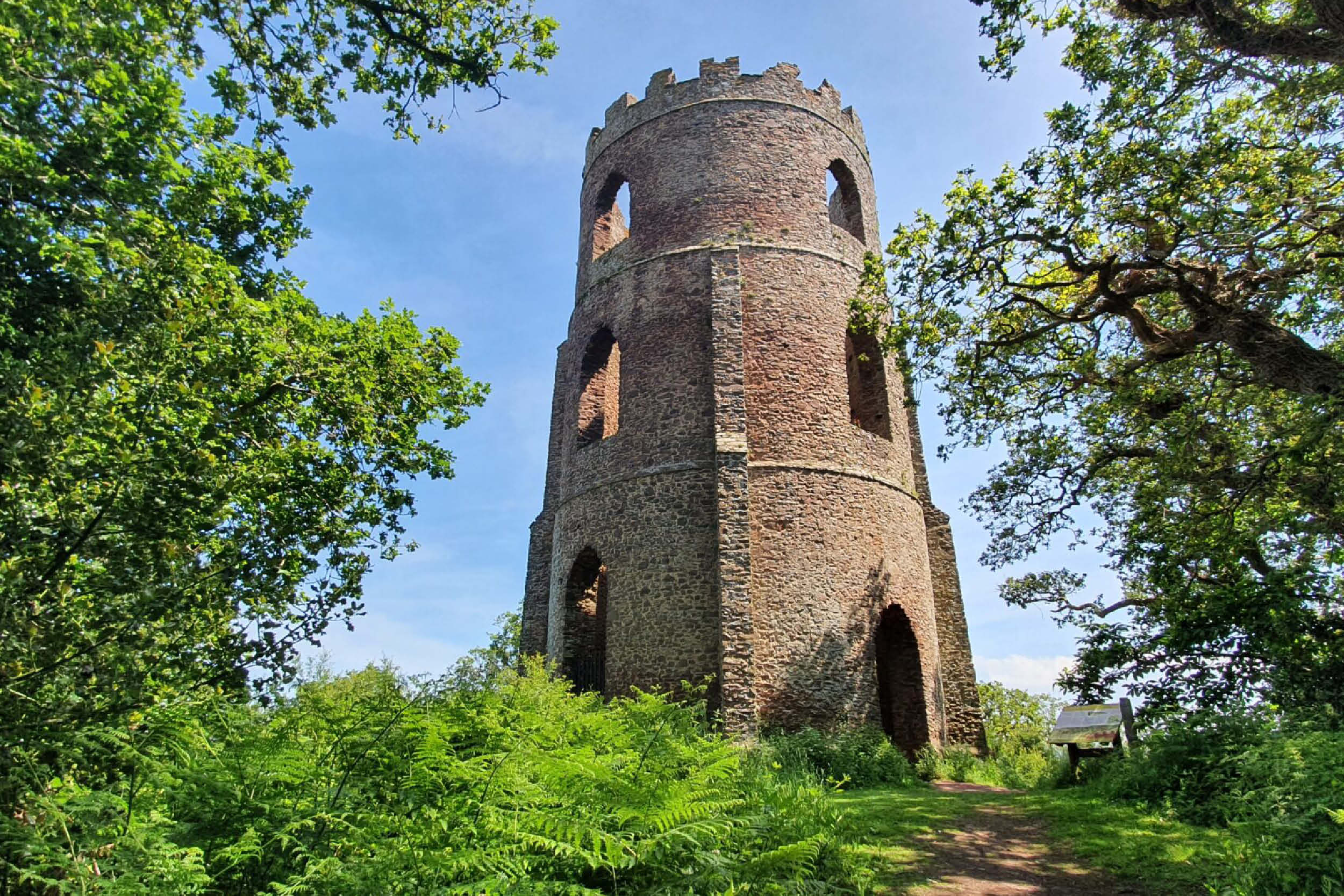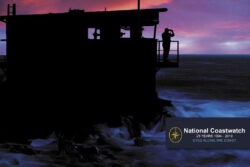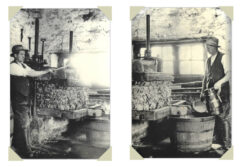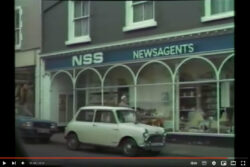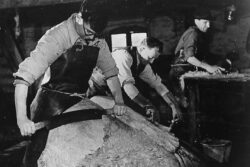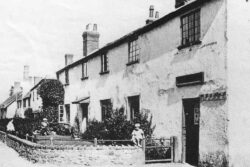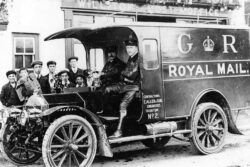Whenever I walk along the Jubilee Path in Dunster Marsh I always think what a wonderful backdrop the houses along it have of Conygar Tower high up on the hill amongst the trees.
Many follies , especially in Ireland during the Great Famine were built as a form of ‘poor relief ‘ by providing work for unemployed peasants and artisans but in England they served a very different purpose. In architectural terms a folly is primarily for decoration. It is the popular name for a costly structure considered to have shown folly in the builder.
Henry Fownes Luttrell like many estate owners of the day wanted to redesign the grounds around the castle and enhance the view and the landscape by making the most of the hills,streams and viewpoints emphasising the relationship between Nature and Art. He employed Richard Phelps ,in 1774, to undertake this work. He created beautiful bridges, arches and waterfalls, as well as a pottery and lime kiln behind The Luttrell Arms. Then in 1775 he was commissioned to built a tower on the hilltop opposite the Castle.
Richard Phelps was a portrait painter and designer who had studied under Sir Joshua Reynolds. He was also local having been born in Porlock in 1710. He mainly painted the gentry including Luttrell and Acland members amongst them. He died in 1785.
The name Conygar is a combination of two Mediaeval words coney meaning rabbit and garth meaning garden was once a warren where rabbits were bred for food.But as early as 1250 the rabbits in the conygarth had become such a nuisance to the Burgesses of Dunster and so in 1266 they approached Reginald du Mohun, Lord of Dunster for permission to eradicate them and to establish a warren near the seafront in Minehead. The land in Dunster was then turned over to pasture but its original use was remembered in its name. By the C18 woodland covered the slopes and the deer park had been moved from Marshwood to its present site. The land was now ripe for Henry Luttrell’s landscaping.
Conygar Tower is a 59 ft high three storey, circular tower built of local red sandstone and has four arched window like openings. The building of it was carried out during the Summer of 1775.All the stone which was quarried locally was wheeled in barrows to the site. 320 tons of lime had to be brought uphill to the site of the tower for construction. Foundations were dug and then wooden scaffolding, tied with tarred ropes, was raised as the masons worked on the walls which are 0.8m thick .Three men spent approx. 6 months digging out clay, whilst a man and a boy with a horse and cart delivered the clay and water to the site.
The fifteen men working on it were kept well supplied daily with cider during hot the Summer weather for which the bill was £4 2s 6d ! Whereas the tower cost £76 11s d. On completion an entertainment was provided for the men who had worked on the project.
There is no definite evidence that there was ever a roof on the tower or any floors but there are holes on the inside of the wall as if joists had once been present. There is evidence that maybe Henry had intended it to be climbed as it was at one time buttressed.
A winding circular path was cut from the bottom of the hill up to the tower and some sham castle ruins created to add to the walkers experience. On a high pedestal near one of the ruins was a statue
of Neptune that could be seen from the sea but sadly this has long gone. There were rustic seats carefully placed where picturesque and pleasant views could be obtained.
Edmund Rack records the following in 1791, ‘About 200yds from the tower in the thickest part of the wood stands a little thatched house, the roof of which is supported by the branches of trees whose trunks form its sides. The walls are composed of matted reeds,through which several branches are interwoven and enliven it with their verdure.It is finished with a cupboard ,a table and seats and cold collations are sometimes served here to company. The building consists of only one room which is open towards the sea; and not a vessel or boat can pass without being seen from it.’
Conygar Hill was greatly enjoyed as a pleasure garden well into the Victorian era.The trees have grown so tall now that only the top of the tower can be seen but it still makes an impressive statement. Many walkers still enjoy making their way up to the tower which has undergone some restoration work. In 1969 it was granted Grade II listed status.
*I was interested to read this paragraph in the 1927 Minehead & District Directory.
“Through the kindness of Geoffrey Luttrell Esq the grounds of Dunster Castle are shown to visitors each week day except Saturday on the payment of 1s from 10am – 1.30pm by ticket which may be obtained from Mrs Lock, confectioner, High Street. Fees are devoted to the support of the Minehead and West Somerset hospital and other useful objects.”
Compiled by Sally Bainbridge on behalf of Minehead Conservation Society.
Buy the book! Minehead & Beyond
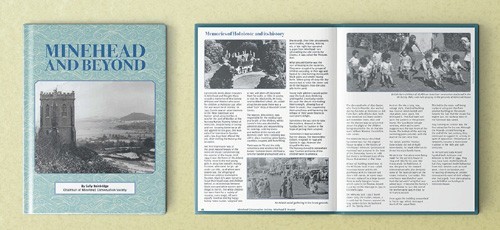
This book is a compilation of articles written for this magazine by Sally Bainbridge on behalf of Minehead Conservation Society. It contains information about the richness of West Somerset’s history; culture; people; heritage; traditions and beautiful and varied landscape. The book costs just £5 and all profits go to Minehead Conservation Society.
Available to buy from AR Computing, Park Lane Home Furnishing (in their Park Lane shop), Minehead Tourist Information Centre and Townsend House (Monday am).
Office: Townsend House, Townsend Road, Minehead TA24 5RG (01643 706258) E-mail: [email protected]
